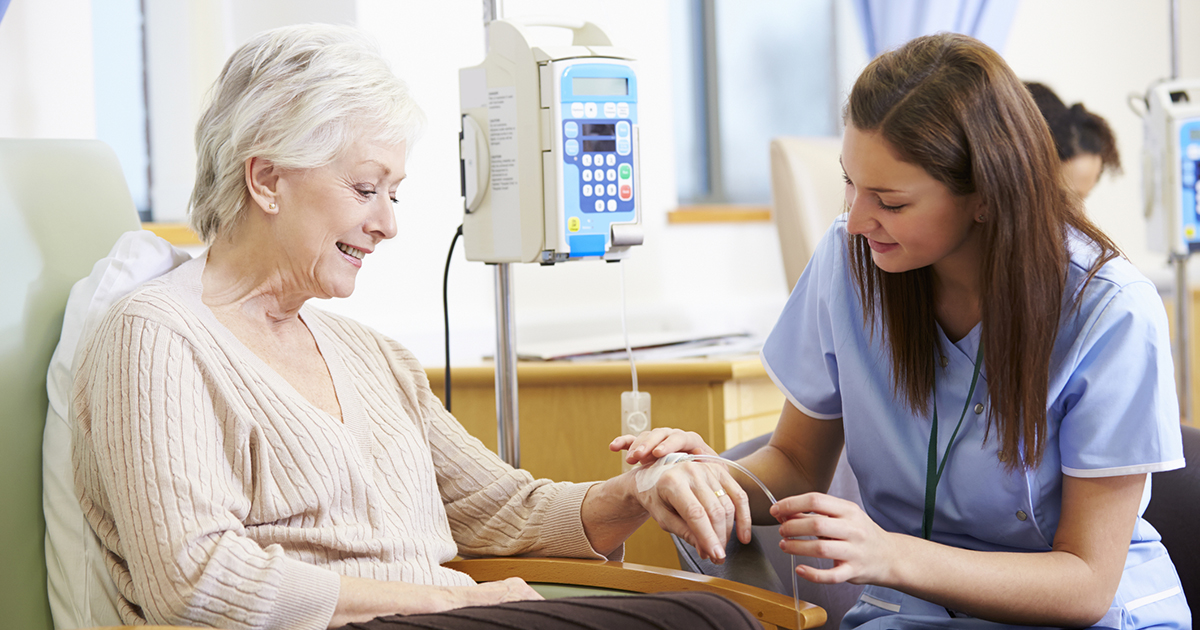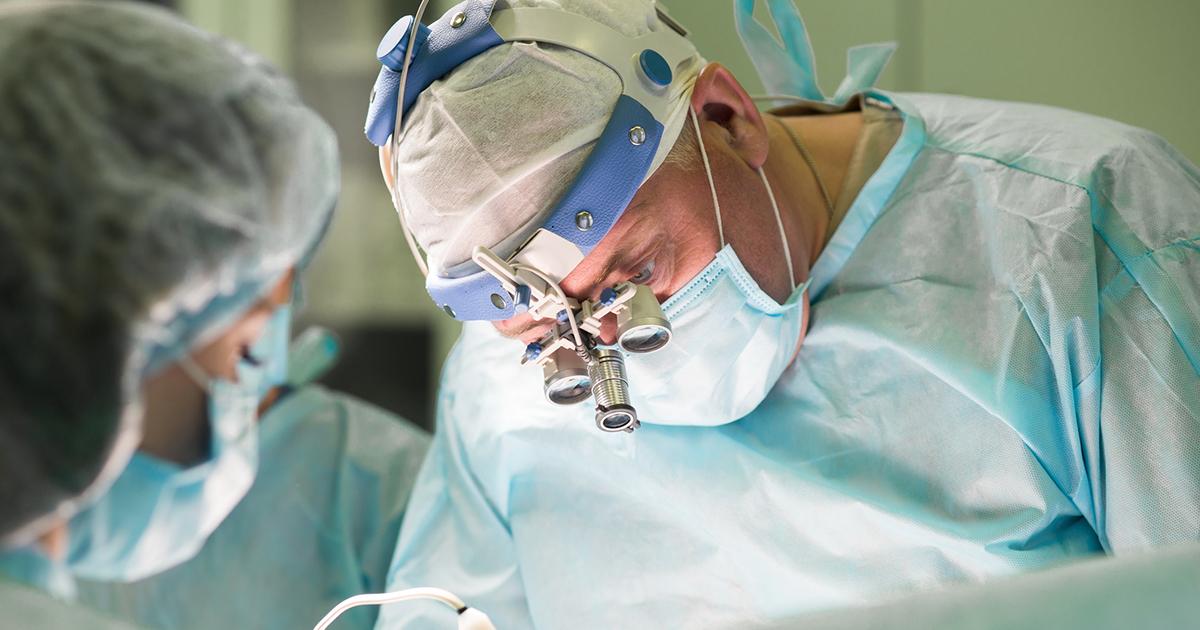The Best Ways To Treat Breast Cancer
According to the Centers for Disease Control and Prevention, breast cancer is the most prevalent form of cancer among all women. Unfortunately, there isn't a one-size-fits-all approach to treating this condition. Many different factors come into play, and these include things such as the specific type of breast cancer, how far the disease has progressed, potential side effects of treatment, and the personal wishes of the patient. Thankfully, modern medicine has given us numerous tools and procedures that can effectively balance all of these factors against one another to ensure the best treatment outcomes possible.
Here is a look at the best and most widely used ways to treat breast cancer.
Hormonal Therapy

In some cases of breast cancer, cell growth in tumors is amplified by the presence of the hormones estrogen and progesterone. In this case, it's known as hormone-dependent cancer. These tumors produce proteins known as hormone receptors that bind the hormones to themselves and encourage growth. For patients dealing with hormone-dependent breast cancer, hormonal therapy can be an effective way to fight the growth of tumors. This treatment involves the use of medications, either taken as a pill or injected, that block the body's production of progesterone and estrogen, or prevent tumors from binding to these hormones. In addition to treating breast cancer, hormonal therapy has also shown promise as a way to prevent the disease in women considered high risk.
Reveal the next therapy for breast cancer.
Radiation Therapy

Like the name implies, radiation therapy uses high-powered x-rays or other forms of radiation to inhibit and kill cancer cells directly. This form of treatment is often used in conjunction with other methods to prevent breast cancer from recurring in the future. Additionally, this is an effective form of treatment for cases of breast cancer that have spread to other parts of the body. Radiation can be administered internally through an implant, but more commonly, this procedure is done externally with a machine that can direct beams at the affected area. It's common for patients to experience some side effects with radiation therapy, but these are generally limited to the areas of the body where radiation is administered.
Learn more about another popular way of treating breast cancer next.
Chemotherapy

Like radiation, chemotherapy is used in conjunction with other forms of breast cancer treatment to maximize results. This medication, which is administered as a pill or injection, can help shrink tumors to make surgical removal easier, but it can also be used after surgery to prevent cancer cells from coming back. Although chemotherapy is sometimes used during the early stages of breast cancer, it's most often used to treat late-stage breast cancer that has spread to other parts of the body. Depending on a patient's particular case, chemotherapy is typically administered once every one to three weeks for three months or longer.
Hit the target with the next method of treating breast cancer.
Targeted Therapy

Targeted therapy uses medication to directly seek out and destroy breast cancer cells. Unlike chemotherapy, the medication used in this treatment method don't inadvertently destroy healthy, cancer-free cells in the process. Instead, they're designed to affect only those cells which display telltale characteristics of cancer—like abnormally fast growth and reproduction. Because of its ability to only attack diseased cells, the side effects of targeted therapy are generally mild when compared to other breast cancer treatment options. It's estimated that up to two-thirds of all breast cancer cases can be targeted with this method. However, at this time, it's not considered a safe procedure for pregnant women.
Get to know more about treating breast cancer effectively now.
Surgery

There are two primary surgical procedures for treating breast cancer: a lumpectomy and a mastectomy. With a lumpectomy, only the tumor and some surrounding tissue are removed, preserving a majority of the breast. On the other hand, during a mastectomy, the entire breast itself is removed. Lumpectomies are typically only possible during the early stages of breast cancer, and many women also require radiation treatment in conjunction with it. Mastectomies are generally recommended for women with large tumors or who have experienced breast cancer in the past. Since the breasts are near the body's lymph nodes, these too may need to be surgically removed to prevent the spread of cancer to other areas of the body.